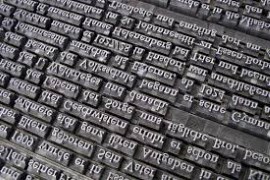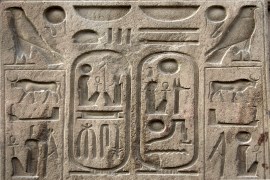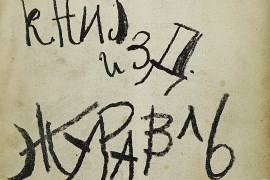Livre | Chapitre
Benacerraf's arguments
pp. 99-111
Résumé
One of the main strands in the contemporary debate on Plato's problem has originated from two essays by Paul Benacerraf (1965; 1973). Before entering this debate, which will occupy us in Chapters 3–5, let us sum up some relevant aspects of Plato's problem that have emerged so far. One way of formulating Plato's problem is to ask an ontological question: are there mathematical objects? In order to properly understand this question, and to answer it, at least three points should be addressed: (i) what does it mean to assert (or to deny) the existence of abstract objects? (ii) under what conditions can be asserted of something that it is an abstract object? and (iii) what makes it possible to conceive of an object as mathematical?
Détails de la publication
Publié dans:
Panza Marco, Sereni Andrea (2013) Plato's problem: an introduction to mathematical Platonism. Basingstoke, Palgrave Macmillan.
Pages: 99-111
Citation complète:
Panza Marco, Sereni Andrea, 2013, Benacerraf's arguments. In M. Panza & A. Sereni Plato's problem (99-111). Basingstoke, Palgrave Macmillan.










